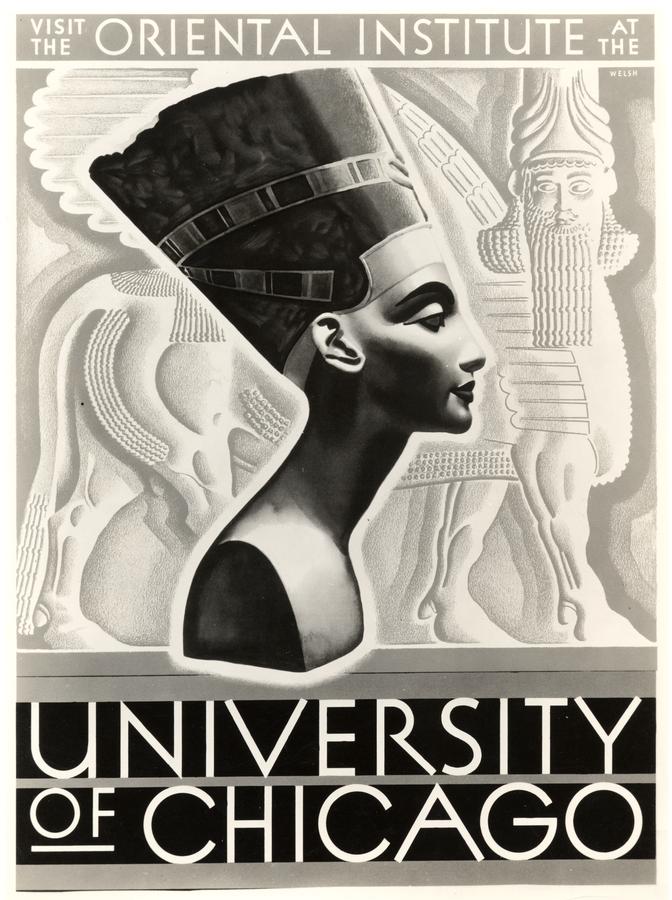By William Harms Photo Courtesy of Epigraphic Survey, Oriental Institute
May 4, 2015
Documenting the remnants of an ancient civilization is a race against the ravages of weather and city expansion, and few places pose more challenges for preservation than Egypt’s rapidly changing environment.
At the Chicago House, UChicago’s outpost in Luxor, Egypt, a team of Oriental Institute archaeologists and other specialists has traditionally used a 90-year-old process to create precise line drawings of the inscriptions and reliefs. Though the Epigraphic Survey team captured details too slight to show up clearly on photographs, it was difficult to account for complications such as repainted walls, ancient graffiti, or even ancient attempts to rewrite history.
“Sometimes there are surprises, such as when we found traces of a figure of the 18th Dynasty female King Hatshepsut (1508–1458 B.C.), and her cartouche (her name in hieroglyphs) emerging from a wall erased by her coregent and successor Thutmosis III, who, long after her death, attempted to suppress all memory of her reign,” says W. Raymond Johnson, field director of the Epigraphic Survey...






 Stumble It!
Stumble It!

